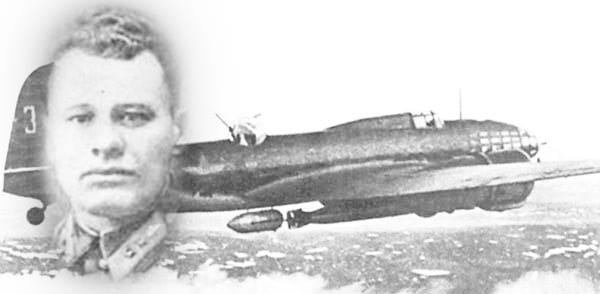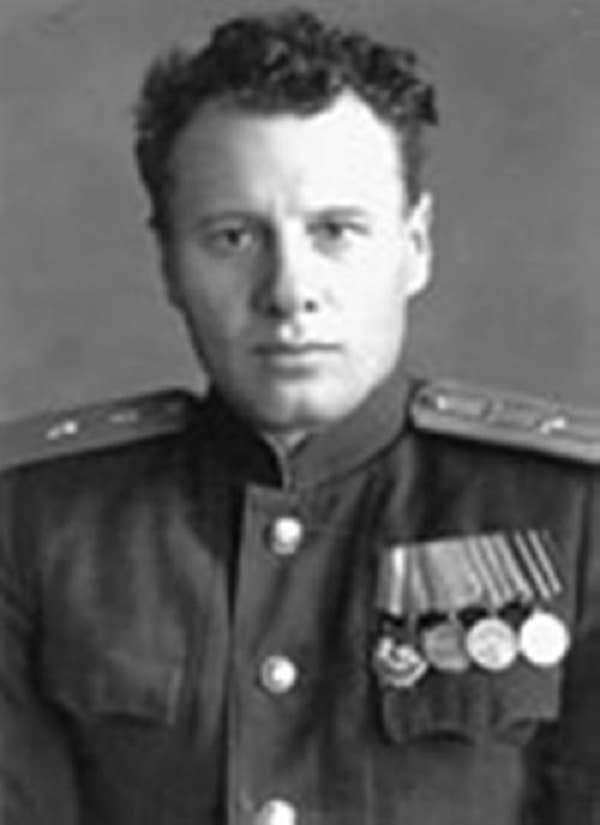Ivan Chisov: The Soviet Airman Who Survived an Extraordinary Fall During WWII

During World War II, many stories of survival emerged from the chaos and devastation that swept across Europe, but few are as miraculous as that of Ivan Chisov, a Soviet airman whose incredible endurance and luck made him a symbol of human resilience.
Chisov’s name has become synonymous with one of the most remarkable survival stories of WWII, having lived through a fall from 22,000 feet (6,700 meters) without a parachute opening as planned. This article delves into the life and survival of Ivan Chisov, examining the fateful day in 1942 when he defied all odds.
Early Life and Military Career
Born in the Soviet Union, Ivan Chisov joined the Soviet Air Force as tensions in Europe escalated in the lead-up to World War II. Little is known about his early life, but by 1942, he had become a well-respected airman. Chisov flew for the Soviet Air Force during some of the most intense aerial combat of the war, engaging in dangerous missions on the Eastern Front. By that time, the skies were contested by German and Soviet forces in fierce dogfights, bombing runs, and reconnaissance missions.

The Fateful Mission: January 1942
In January 1942, Chisov was serving as a navigator on a Soviet Ilyushin Il-4 bomber, participating in a mission to attack German positions. During the operation, his aircraft came under heavy fire from Luftwaffe fighters. German Messerschmitt Bf 109 planes intercepted the Soviet bombers, and soon Chisov’s plane was badly hit.
Realizing the bomber was going down, Chisov made the decision to eject from the aircraft. Under normal circumstances, a parachute jump would be the airman’s last hope for survival, but Chisov had an unusual plan. Knowing that parachutes could make an airman an easy target for enemy fighters, he decided to delay deploying his chute, intending to open it at a lower altitude, closer to the ground, to avoid detection.
However, things didn’t go according to plan.
The Miraculous Fall: A 22,000-Foot Plummet
As Chisov exited the bomber at approximately 22,000 feet (about 6,700 meters), he lost consciousness due to the thin atmosphere and high altitude. In his unconscious state, he plummeted towards the Earth at terrifying speed, unable to deploy his parachute.
What could have been certain death turned into one of history’s most extraordinary stories of survival. Chisov fell into a snow-covered ravine, which drastically cushioned his impact. The snow, combined with the sloping terrain of the ravine, absorbed enough of the energy from his fall that it didn’t instantly kill him.
Survival Against All Odds
Chisov was found by Soviet forces shortly after the fall, unconscious but alive. He had sustained serious injuries, including a broken spine, pelvis, and ribs, but miraculously, he survived the impact. Medical personnel were stunned, as such a fall would typically result in instant death, especially from such a great height.
After a long recovery period in a Soviet hospital, Ivan Chisov made an astounding comeback. Within months, he was able to walk again and eventually returned to flying duties later in the war. His survival and return to service made him a living legend among his fellow airmen and across the Soviet Union.
The Science Behind the Survival
While Chisov’s survival seems almost miraculous, there are some scientific explanations that might shed light on how he managed to survive the fall. The snow covering the ravine acted as a natural cushion, dispersing the force of impact over a longer period of time. Additionally, the shape of the ravine likely reduced the final velocity of his fall by allowing him to slide rather than hit a flat surface. In combination with his unconscious state, which might have caused his body to remain more relaxed during the fall, these factors contributed to his extraordinary survival.
Legacy of Ivan Chisov
Ivan Chisov’s story has entered into the annals of aviation and survival history as one of the most incredible examples of human endurance. While many World War II pilots were celebrated for their combat achievements, Chisov’s fame was a testament to his sheer luck and determination to survive against impossible odds.
After the war, Chisov continued serving in the Soviet Air Force, although details of his post-war life remain scarce. His miraculous fall, however, remains one of the most talked-about survival stories from the war, comparable to other legendary stories such as that of British airman Nicholas Alkemade, who also survived a fall without his parachute fully opening.
The story of Ivan Chisov is a reminder of the unpredictability of war and the incredible resilience of the human body and spirit. His fall from 22,000 feet and subsequent survival remains one of the most astonishing feats of endurance in aviation history. Today, Chisov’s name is remembered not just in the context of WWII but as a testament to survival against the odds.
